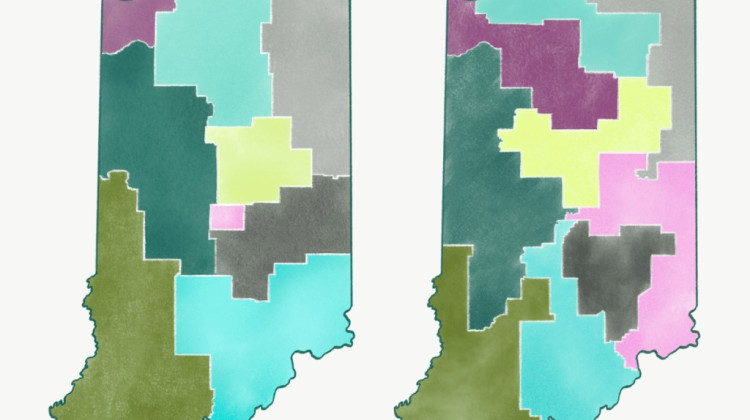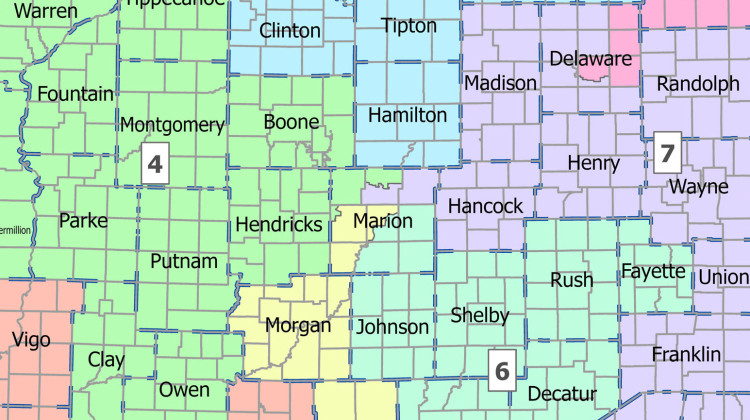
There may be hope for Hoosier soybean farmers after a year in which high crop yields and tariff disputes shrank farm income.
United Soybean Board/FlickrIndiana farmers can expect to make more money next year, but not as much money as they were making just a few years ago. One Purdue University economist forecasts farm income for 2019.
Farm Income
Four years ago, Indiana farms made a total of about $3 billion. The past three years though, that average has dropped by more than half. Purdue University agricultural economist Chris Hurt says when 2018’s numbers are tallied, they should be slightly better than recent years.
“The big positives that we have for farm income are very good yields on corn and soybeans, record yields, higher prices on corn and trade assistance on soybeans,” he says.
Hurt forecasts 2018 incomes will be closer to $2 billion and continue to increase in 2019, despite tariff pressures that sapped cash flow this year.
"So not bright times, but better than the very depressed incomes we’ve seen the last three years,” says Hurt.
He adds farmers will still face tight profit margins and some may have to make careful spending choices to keep their businesses afloat.
Soybeans & Corn
There may be hope for Hoosier soybean farmers after a year in which high crop yields and tariff disputes shrank farm income.
The tariffs on soybeans have made it hard for farmers to sell their product, meaning many Indiana farmers stored their soybeans and will wait until 2019 to offload them.
Hurt says aid money the Trump administration distributed to farmers helped soybean producers reap about as much as they did in 2017.
“So when you add that 82.5 cents to market prices this year, it really gets us back to market prices a little bit higher than last year on soybeans with the trade assistance,” he says.
While soybean prices have been trending lower than previous years, corn has seen a price spike – meaning some Hoosier farmers shift to corn production in 2019.
“And so this is an indication that we don’t need as many soybeans and so we would expect a cutback in soybean acreage and a movement towards corn acreage in 2019,” says Hurt.
He expects 2019 will see better prices for soybeans if U.S.-China trade relations continue to thaw. During the current pause in the tariff battle between the two nations, China is again buying U.S. soybeans.
Pork & Beef
Soybeans have been a focus in the trade disputes between the China and the United States this year, but Hoosier pork farmers have also taken a beating thanks to tariffs.
Hurt says import duties – primarily from China and Mexico – trimmed pork profits this year.
“We ended up losing about $12 a head on our estimates for pork producers for this calendar year 2018,” he says.
Hurt predicts trade exports will actually increase by about 8 percent in 2019, thanks in some part to a pause in trade tensions between the U.S. and China.
“What this means is that we’ll see stronger prices. So those loses of about twelve dollars a head, we think we’re going to be pretty close to break even,” says Hurt. “Break even on our definition says that covers all costs of production.”
Beef suppliers are also forecast to have a better 2019, as demand is predicted to increase 2-3 percent in the U.S. market.
 DONATE
DONATE









 Support WFYI. We can't do it without you.
Support WFYI. We can't do it without you.